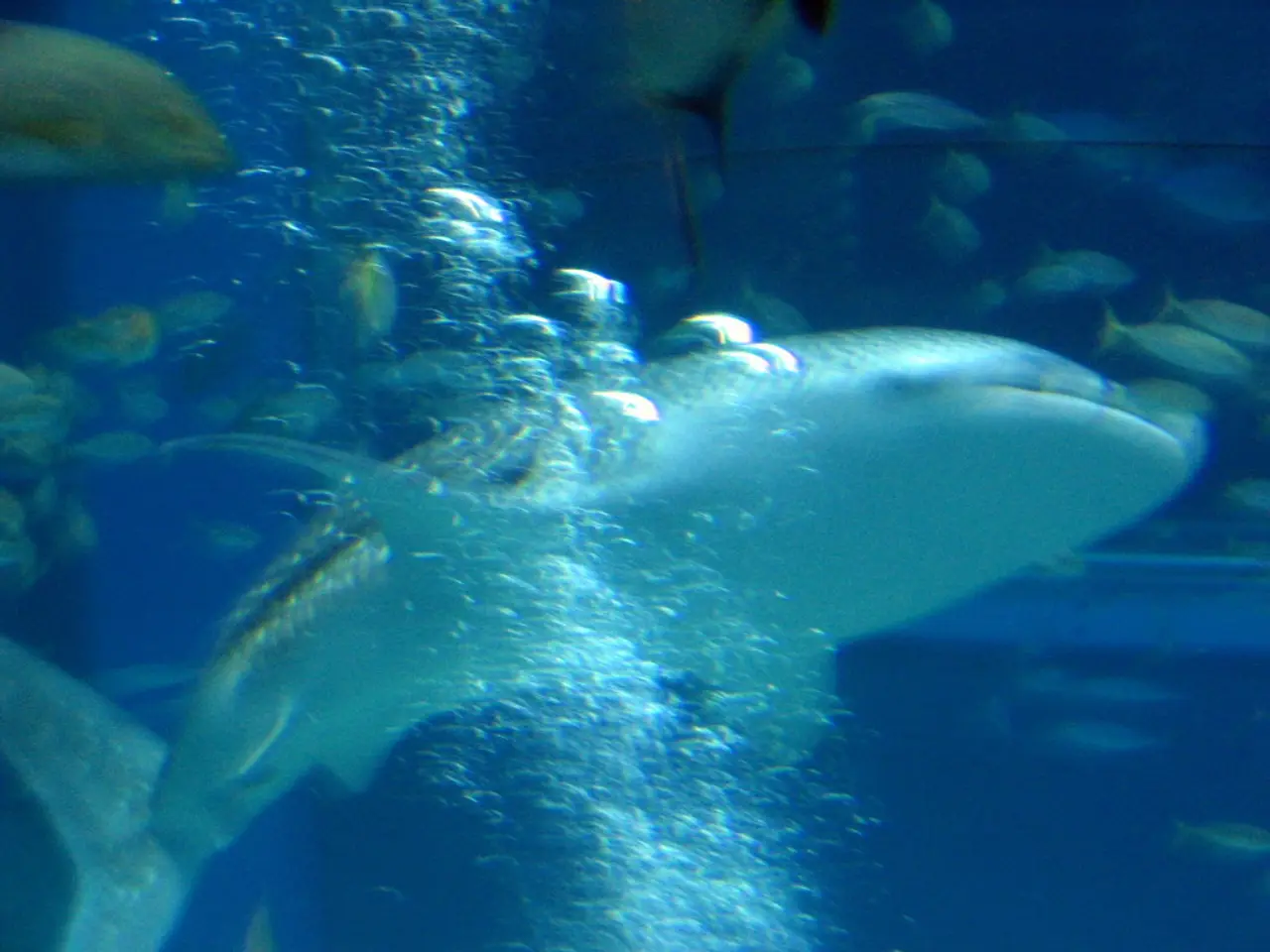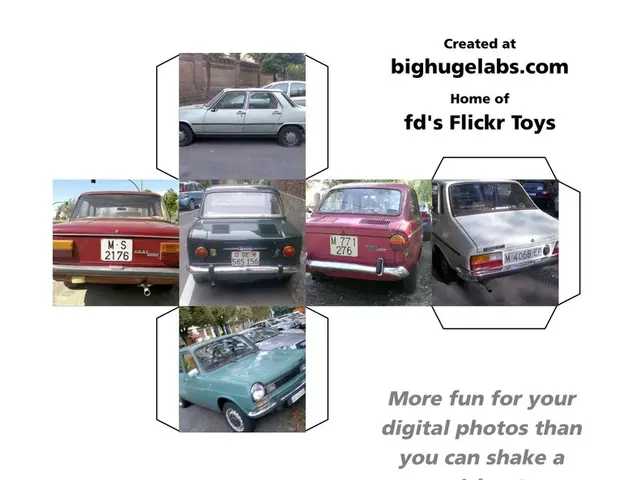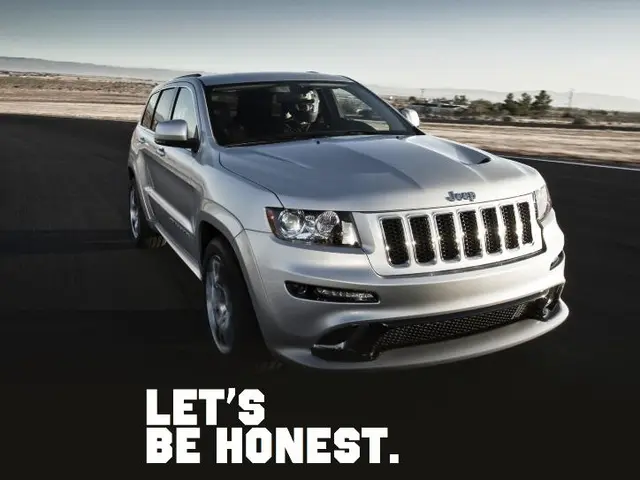Swimsuits made from sharkskin
In the realm of aviation, a revolutionary breakthrough is underway, with two prominent biomimetic shark skin technologies making significant strides in reducing emissions and saving fuel costs.
MicroTau's Riblet Modification Package is one such innovation. Inspired by shark skin's riblets, this technology reduces drag on commercial and defense aircraft, leading to substantial fuel savings and lower carbon emissions. MicroTau's advanced microfabrication process integrates these drag-reducing surfaces into aerospace materials, aiming to save billions in fuel costs globally. The technology has already gained support from major aircraft manufacturers and operators, with European airline Vueling backing its certification, set for mid-2025[1].
Another leading contender is AeroSHARK, a biomimetic surface treatment technology inspired by shark skin's microstructure. Deployed on at least 29 Boeing aircraft and now being applied to Airbus planes, AeroSHARK reduces aerodynamic drag and improves fuel efficiency, helping airlines meet their sustainability goals. The technology is expected to mature and complete wider certifications by 2026[2][3][4].
Research continues to delve into the intricacies of shark skin denticles, with recent aerodynamic performance studies analysing how such patterns placed on aerofoils can further enhance drag reduction, reinforcing these technologies’ scientific foundations[5].
These developments mark a significant step toward near-term emissions reduction in aviation through biomimetic surface innovations. By leveraging natural shark skin designs, these technologies address one of the biggest fuel-burning challenges: overcoming aerodynamic drag.
Interestingly, the design of shark skin, with its tiny flat teeth-like scales, has been a focus of biomimetics for some time. This practice of learning from designs in nature is not limited to shark skin; it extends to various natural designs. The use of biomimetic designs in various industries is a growing trend, as evidenced by the application of these technologies in aviation.
In 2008, some Olympic swimmers made headlines by setting records while wearing swimsuits inspired by shark skin. However, these swimsuits were subsequently banned due to their performance advantages[1][2]. Despite this, the potential of biomimetic designs in reducing drag and improving efficiency continues to be explored and realised in fields beyond swimming.
As these biomimetic shark skin technologies continue to mature and gain wider certifications, they promise a brighter, more sustainable future for aviation. With fuel savings and reduced carbon emissions on the horizon, it's clear that the future of aviation is taking a leaf out of nature's book.
[1] MicroTau - https://www.microtau.com/ [2] AeroSHARK - https://www.aeroshark.co.uk/ [3] Boeing AeroSHARK - https://www.boeing.com/commercial/aeromagazine/articles/2020/april/aeroshark-shark-skin-inspired-wing-tips.page [4] Airbus AeroSHARK - https://www.airbus.com/innovations/areas/aerodynamics/aeroshark.html [5] Biomimetic sharkskin denticles - https://www.nature.com/articles/s41598-019-41499-z
Science and technology have combined forces in the realm of aviation to create biomimetic shark skin technologies, such as MicroTau's Riblet Modification Package and AeroSHARK. These innovations, inspired by the microstructure and riblets of shark skin, aim to reduce aerodynamic drag, enhance fuel efficiency, and contribute to sustainability goals in aviation.




